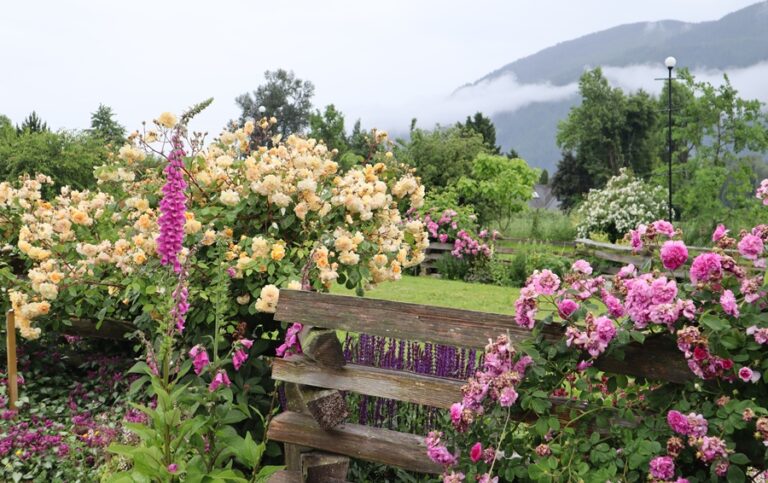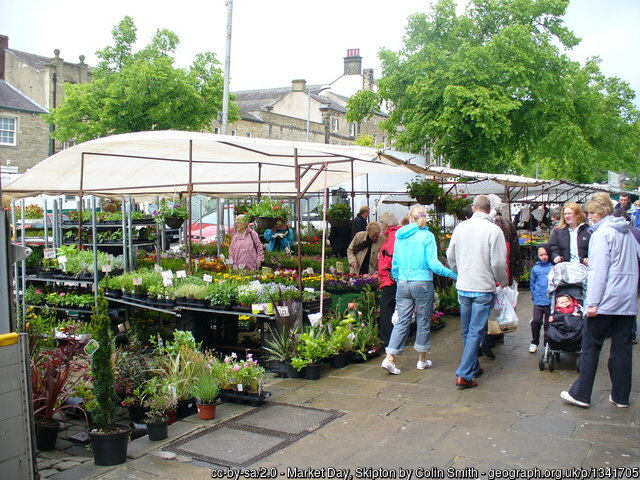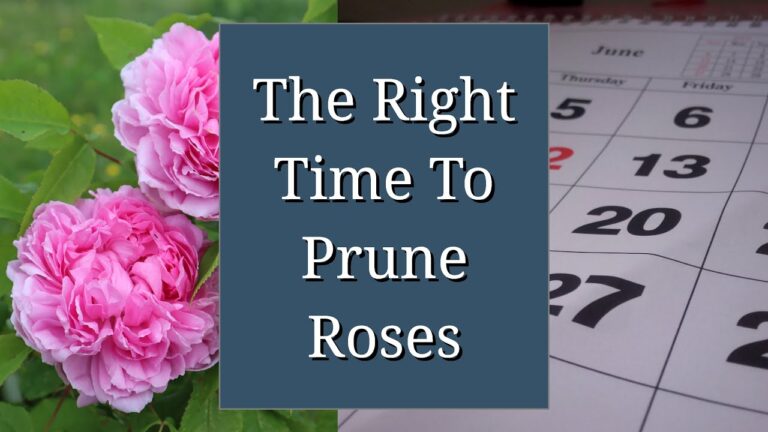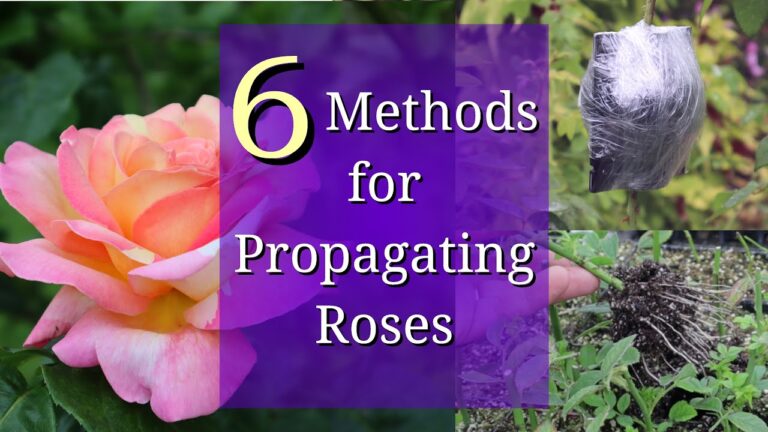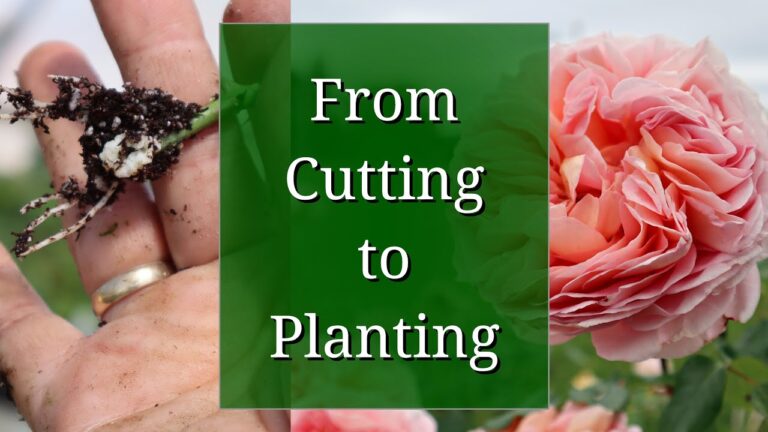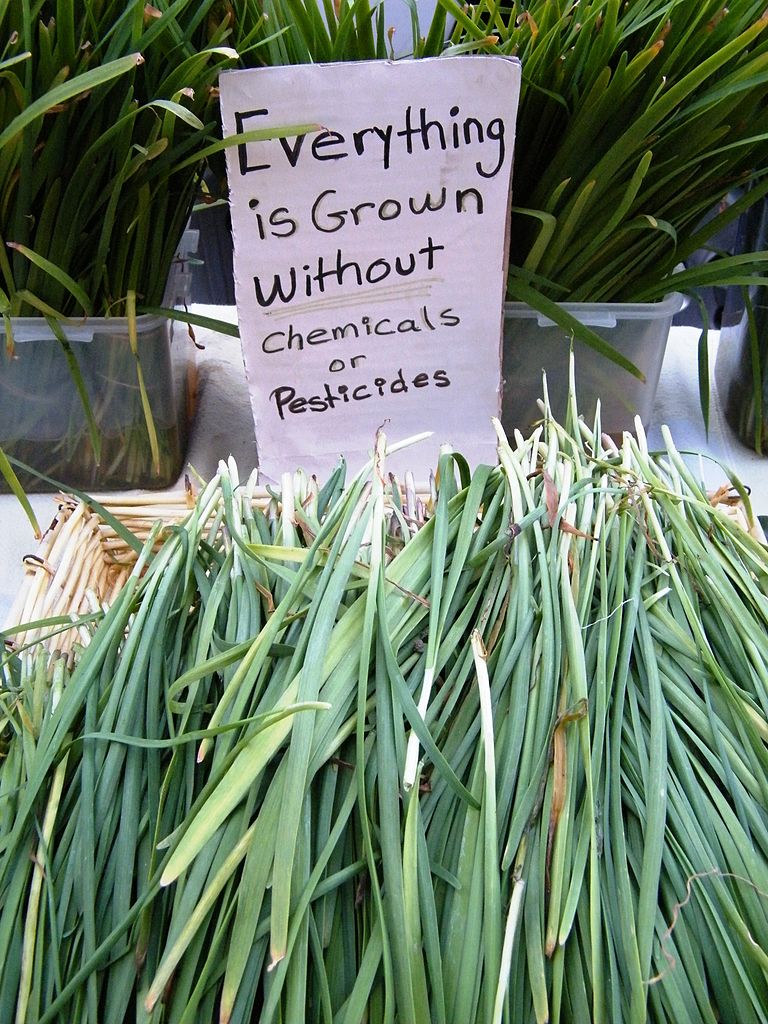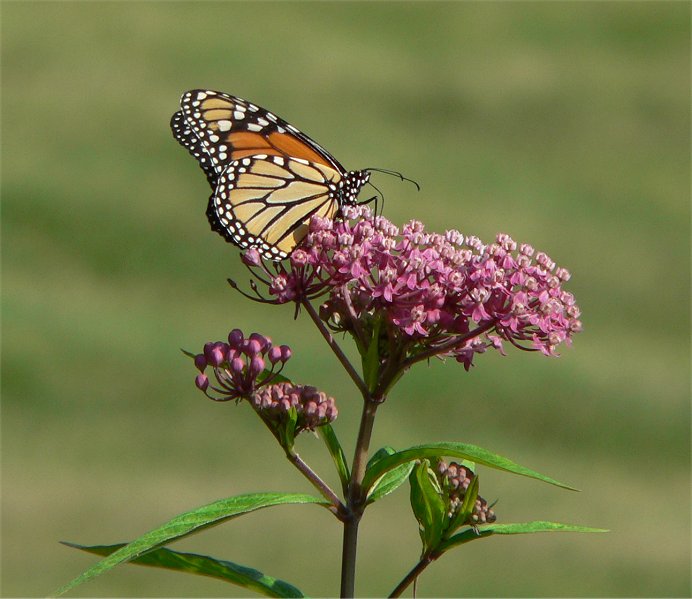The Start of Our Rose Farm
(First published in the Roses-Canada Quarterly Journal) The farmers’ market might seem a slightly off-key place to sell roses. There among the hand-crafted soaps and blackberry honey, the beaded jewellery and ancient grains bread, I know I seemed a little out of place. Don’t get me wrong. You’d sometimes find a vendor who offered a…

